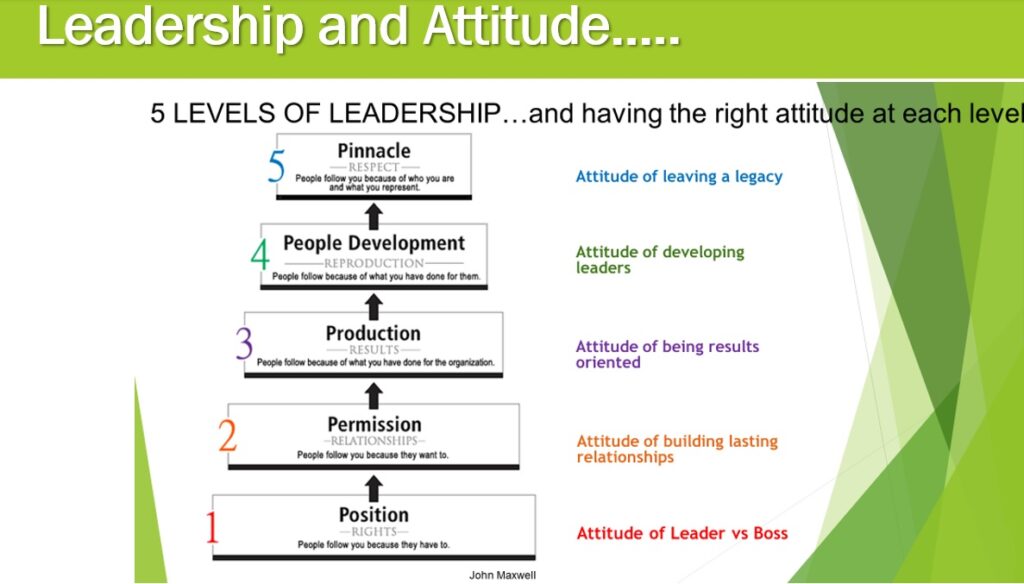Matthew L. Spoor
Assistant County Administrator, Pinellas County
In the wake of Hurricanes Idalia, Helene, and Milton, Pinellas County found itself confronting the compounding effects of back-to-back storms—coastal flooding, housing loss, compromised infrastructure, and deepening community vulnerabilities. County leaders immediately sought help for the most vulnerable people, obtaining an unprecedented $813 million in Community Development Block Grant – Disaster Recovery (CDBG-DR) funds from the U.S. Department of Housing and Urban Development (HUD)—the largest such grant in the County’s history.
From day one, the County committed to an open, inclusive, and forward-thinking approach to recovery. Through a combination of public outreach, data-driven planning, and strategic investment, Pinellas County has built a recovery framework that puts people first. The result: a long-term plan that restores what was lost in the storms and rebuilds a more resilient community.
Building the Plan: Data + Public Voice
The development of the County’s CDBG-DR Action Plan was guided by a foundational principle: communities recover best when the public is at the table. The County launched recover.pinellas.gov as a central hub for all CDBG-DR efforts and kicked off a comprehensive public input process in early 2025—including stakeholder meetings, online surveys, and a series of widely attended public presentations of the plan.
That feedback directly shaped the priorities outlined in the Action Plan submitted to HUD in May 2025. The plan focuses on four key areas:
- Housing Recovery and Resilience – Including rehabilitation, reconstruction, buyouts, and affordable housing development
- Infrastructure and Flood Mitigation – Investments in stormwater improvements, hardening of critical facilities, and neighborhood-scale resilience projects
- Economic Revitalization – Targeted support for workforce development and small businesses impacted by the storms
- Planning and Program Delivery – Including technical assistance, local capacity building, and future risk mitigation studies
Putting Vulnerable People First
Recognizing that disasters disproportionately affect vulnerable populations, Pinellas County is putting those at highest risk first throughout the plan. More than 70% of the funding is dedicated to serving low-to-moderate-income (LMI) households and historically underserved neighborhoods. Special emphasis is placed on reaching seniors, renters, mobile home residents, and those living in repetitive-loss areas.
The County’s Housing Rehabilitation and Replacement Program will provide substantial grants to help low-income homeowners repair, elevate, or replace storm-damaged homes. A separate voluntary buyout program will offer relocation assistance for households in high-risk flood zones.
A Transparent and Accountable Process
Transparency is a cornerstone of the County’s approach. The recover.pinellas.gov website serves not just as a repository of documents but as a living tool for accountability. It includes:
- The full Action Plan and presentations
- Public meeting recordings and comment summaries
- Program eligibility information and application timelines
- Real-time updates on program launches and procurement opportunities
By making these materials accessible and easy to navigate, the County is ensuring that the recovery process is visible, participatory, and rooted in community trust.
Implementation with Intention
The scale of this funding requires not only vision but disciplined execution. The County has assembled a cross-departmental team to manage compliance, procurement, and program delivery. Local partners—including municipalities, nonprofits, housing developers, and community-based organizations—will play critical roles in outreach, case management, and project delivery.
The first programs, including the People First Pinellas Housing Rehabilitation and Replacement Program, are expected to open in late 2025. The County is currently on track to get direct help to people in need in record time for a grant program of this scale. Infrastructure investments will follow in 2026, aligned with FEMA hazard mitigation data and local capital improvement plans.
A Model for Local Government
Pinellas County’s CDBG-DR strategy reflects the best of local government. It’s responsive to community needs, grounded in data, and bold in its long-term vision. As Florida continues to face the escalating impacts of natural disasters, the County’s model offers valuable lessons:
- Engage early and often
- Design for people first, not just efficiency
- Invest in resilience, not just recovery
With $813 million in hand and a community-driven roadmap in place, Pinellas County is poised not just to rebuild, but to lead the way.






